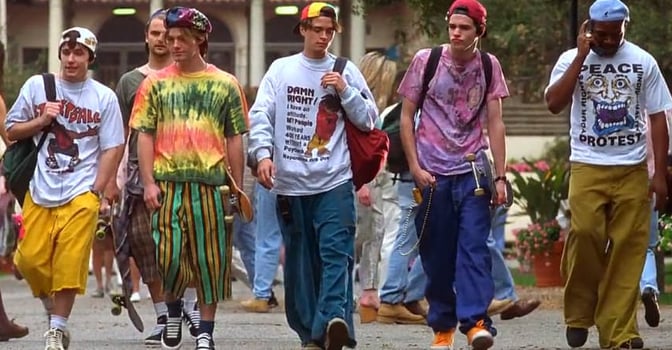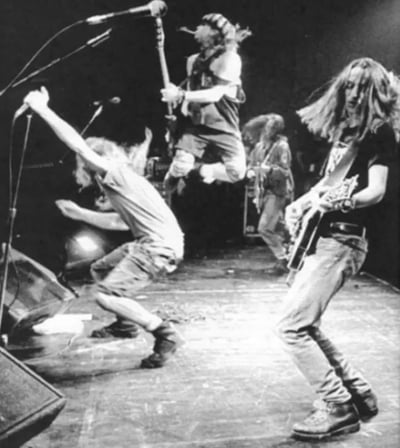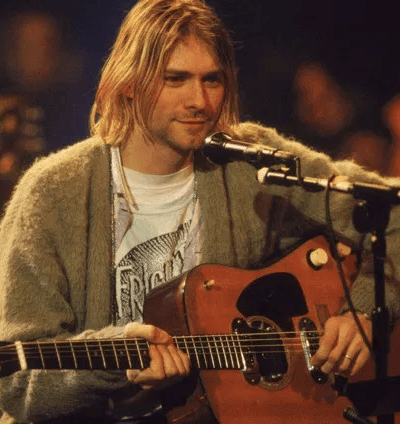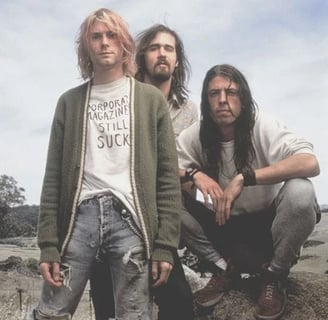The Evolution of Grunge Fashion: From the '90s to Today
Have you ever wondered how grunge fashion became what it is now? How artists from the 90s, like Kurt Cobain, contributed heavily to the style? Here we are.
5/8/20242 min read


The grunge movement emerged in Seattle in the late 1980s and early 1990s, marking a revolutionary shift in both music and fashion. Born from the underground music scene, this cultural phenomenon would evolve significantly over the decades, transforming from an anti-fashion statement into a global style movement that continues to influence contemporary fashion.


The grunge aesthetic began as an authentic rebellion against mainstream culture. Bands like Nirvana, Soundgarden, Pearl Jam, and Alice in Chains weren't just musicians—they were lifestyle pioneers who created a movement that rejected commercialism and embraced raw authenticity. The early grunge style emerged organically from practical necessity, featuring thrift store finds, flannel shirts, ripped jeans, and combat boots worn by necessity rather than fashion choice.
Origins in Seattle (Late 1980s-Early 1990s)
Mainstream Breakthrough (Mid-1990s)


Nirvana's breakthrough album "Nevermind" in 1991 marked the moment when grunge exploded into mainstream consciousness. Kurt Cobain became an unintentional fashion icon, with his cardigans and band tees influencing millions. The movement spread rapidly beyond Seattle, with bands like Pearl Jam gaining fame while maintaining their anti-commercial stance, notably challenging Ticketmaster over ticket price.




Modern Revival and Contemporary Influence
Today, grunge has experienced a remarkable revival, particularly among Gen Z, driven by several factors:
1. Sustainable Fashion Movement
Emphasis on thrift shopping and second-hand clothing
Focus on durability over disposability
Environmental consciousness in fashion choices
2. Social Media Influence
Platforms like TikTok and Instagram spreading grunge aesthetics globally
Celebrity and influencer adoption of the style
Digital communities sharing DIY fashion techniques
3. Contemporary Adaptations
Integration with modern streetwear
Customization and personalization of vintage pieces
Blending of traditional grunge with contemporary styles
Key Elements Maintained Through Evolution
Despite its evolution, several core principles of grunge remain constant:
1. Authenticity and Individuality
Emphasis on personal expression
Rejection of mainstream conformity
Celebration of uniqueness
2. Anti-Fashion Philosophy
Comfort prioritized over conventional beauty standards
Embrace of imperfect, lived-in clothing
Resistance to fast fashion culture
3. Gender Fluidity
Oversized, unisex styles
Rejection of traditional gender boundaries
Freedom of expression regardless of gender
Conclusion
The grunge movement represents more than just a fashion trend—it embodies a philosophy of authenticity, sustainability, and self-expression. From its humble beginnings in Seattle's underground music scene to its current global influence, grunge has evolved while maintaining its core rebellious spirit. Today, it serves as a powerful counterpoint to fast fashion, encouraging mindful consumption and creative personal expression. As noted by fashion experts, "grunge will forever be the reminder to stay true, embrace imperfection, and wear what makes one feel real"
